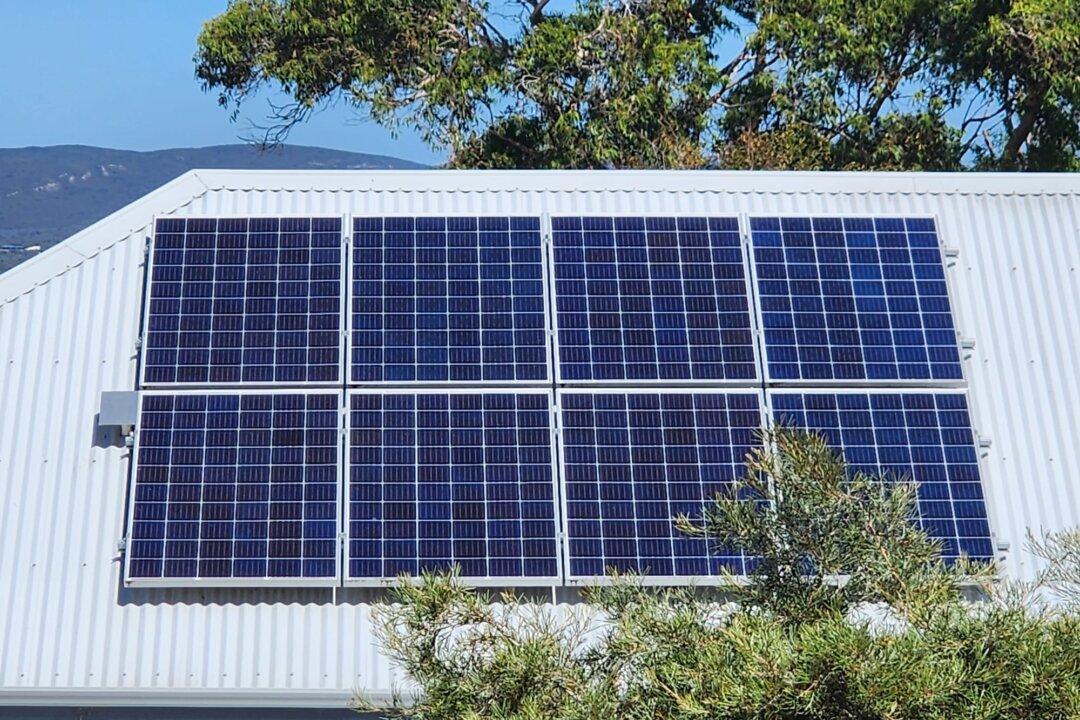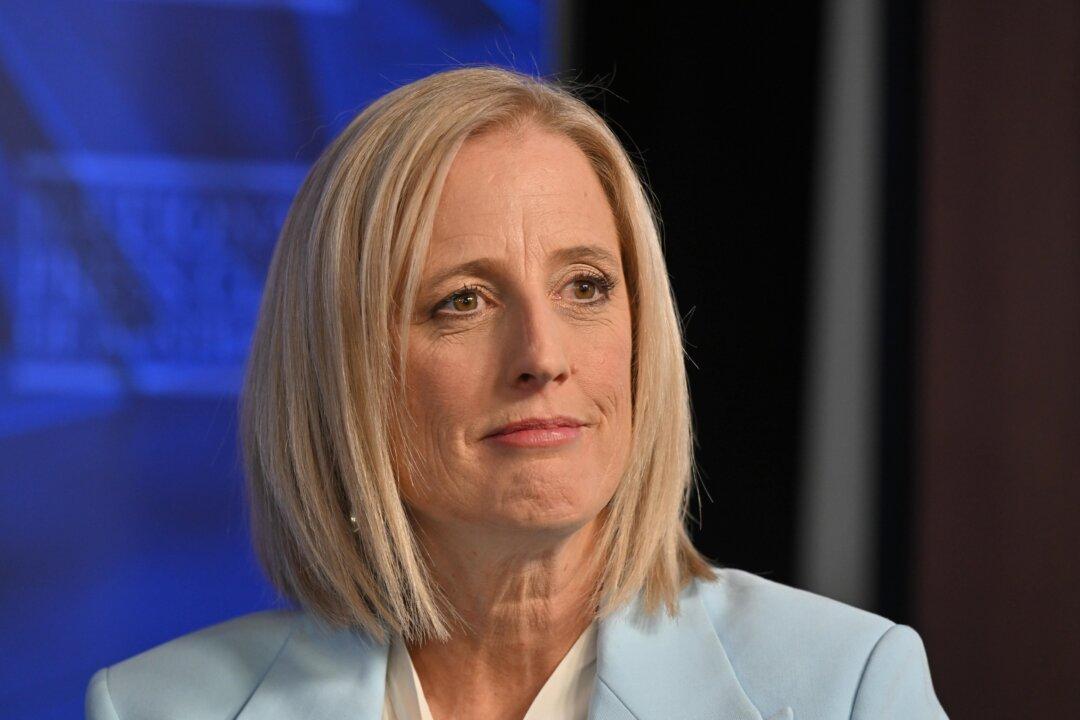Scientists from Australia’s national science agency are collaborating with a secretive Google research and development team to address the solar surplus problem affecting the country’s power grid.
On June 25, the Commonwealth Scientific and Industrial Research Organisation (CSIRO) announced that it had joined with Tapestry, a team from X–the moonshot factory, a separate division of Google, to develop a new type of smart inverter that could assist Australia’s renewable energy transition.





